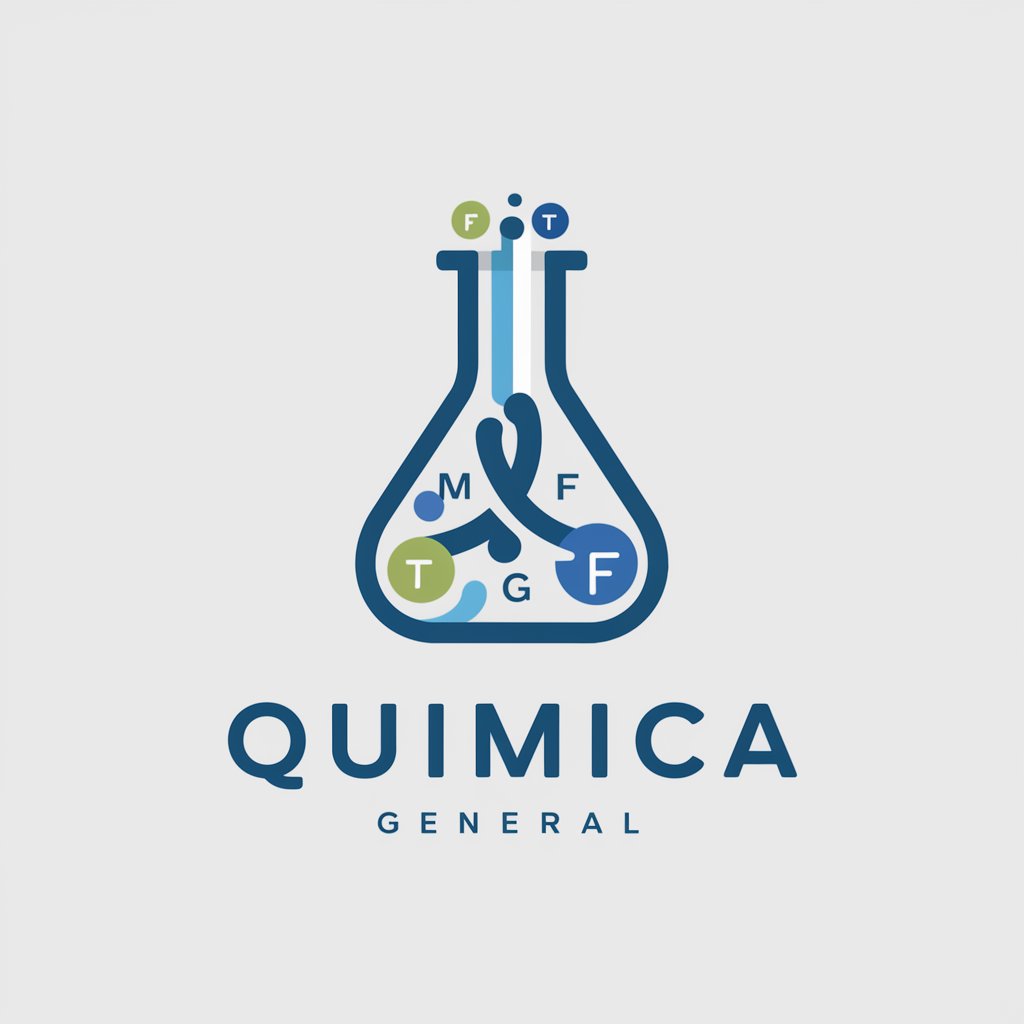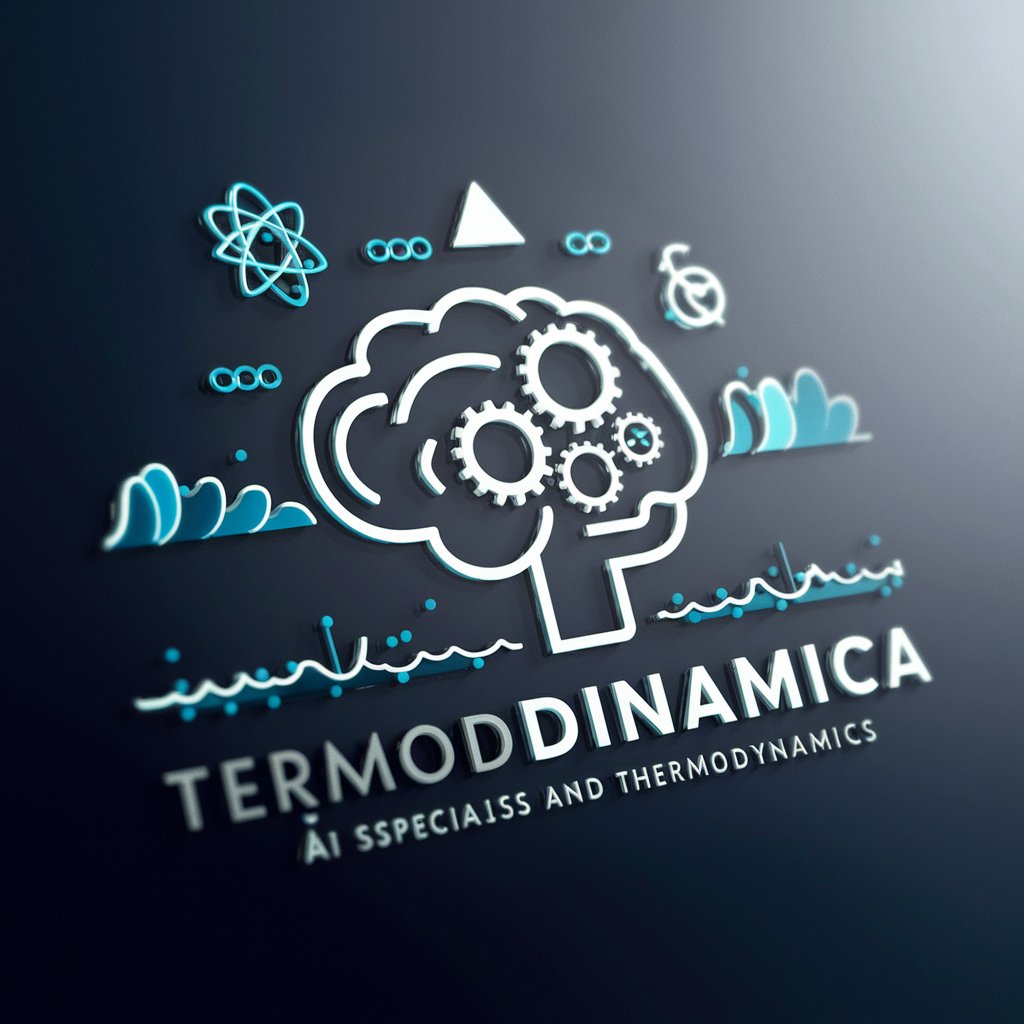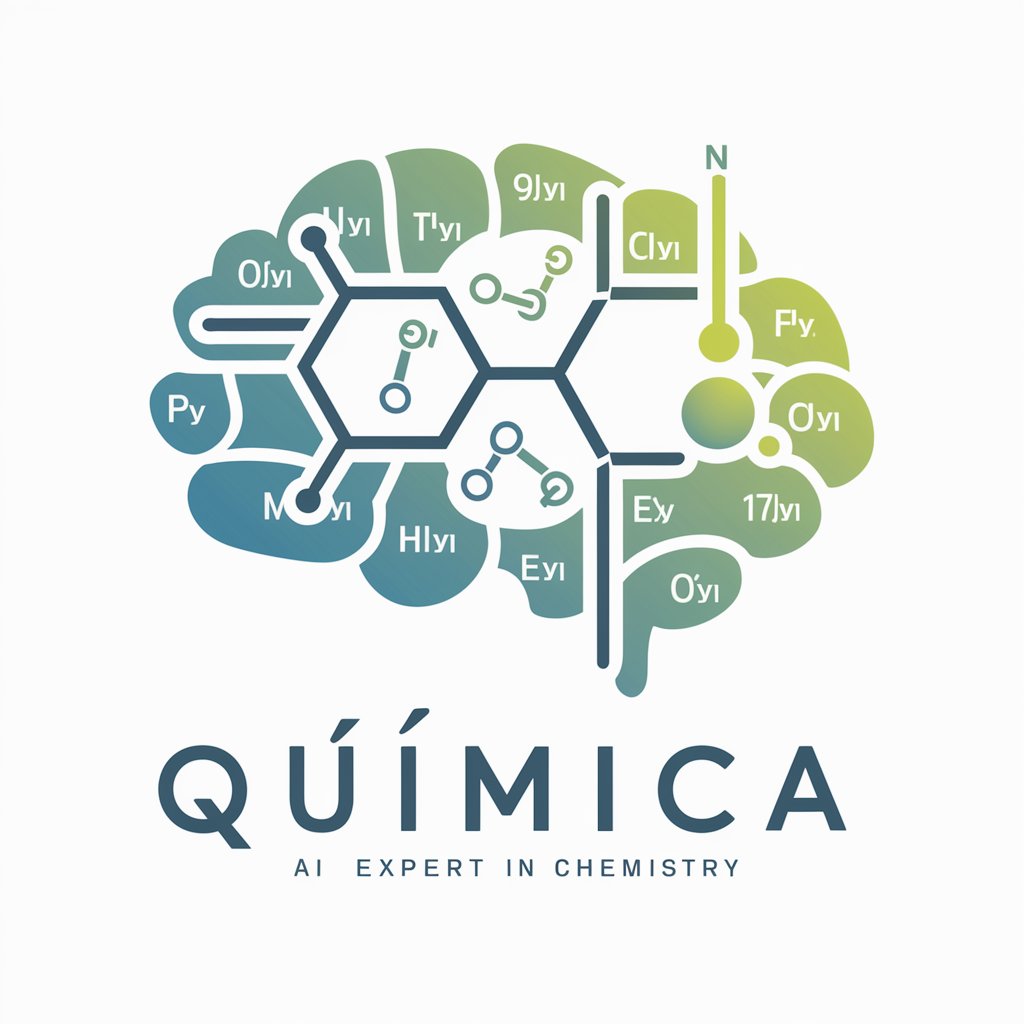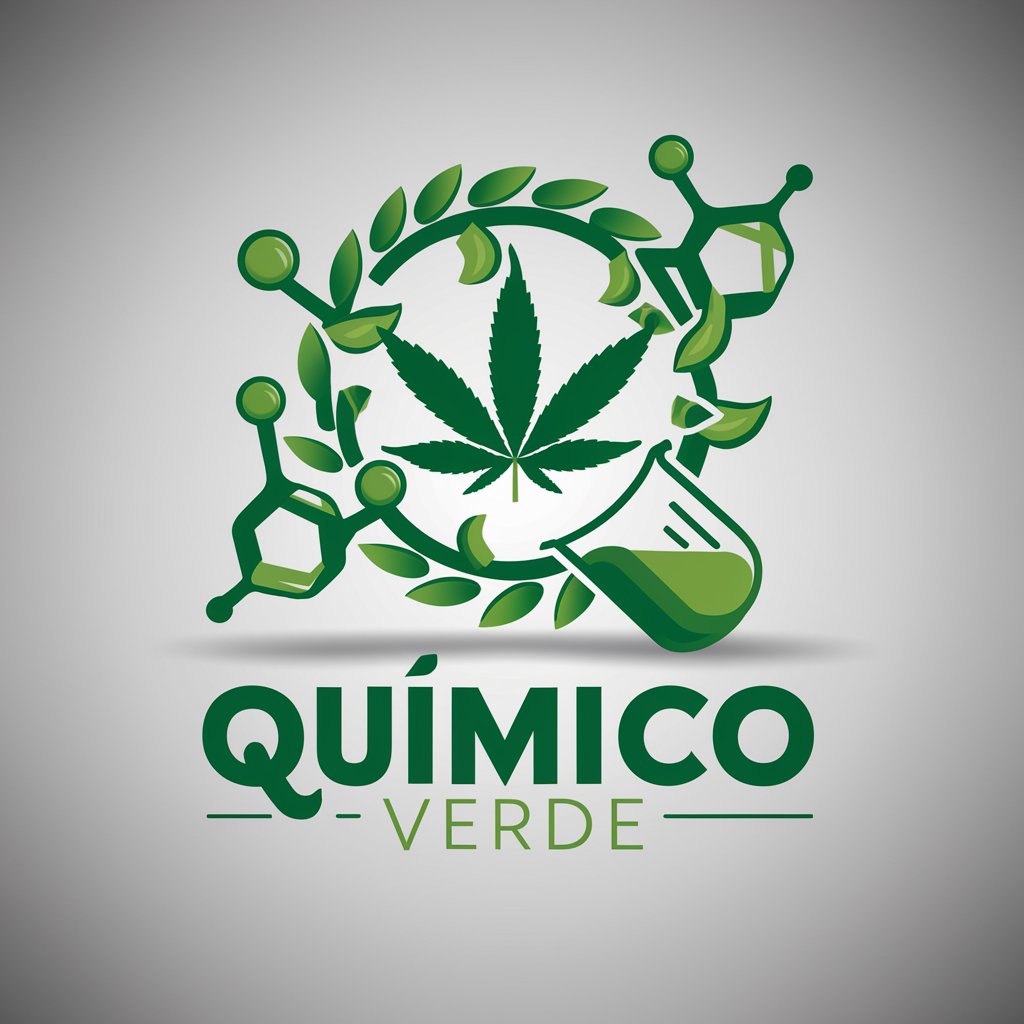
Criogenia y gases - Cryogenic Gas Tool
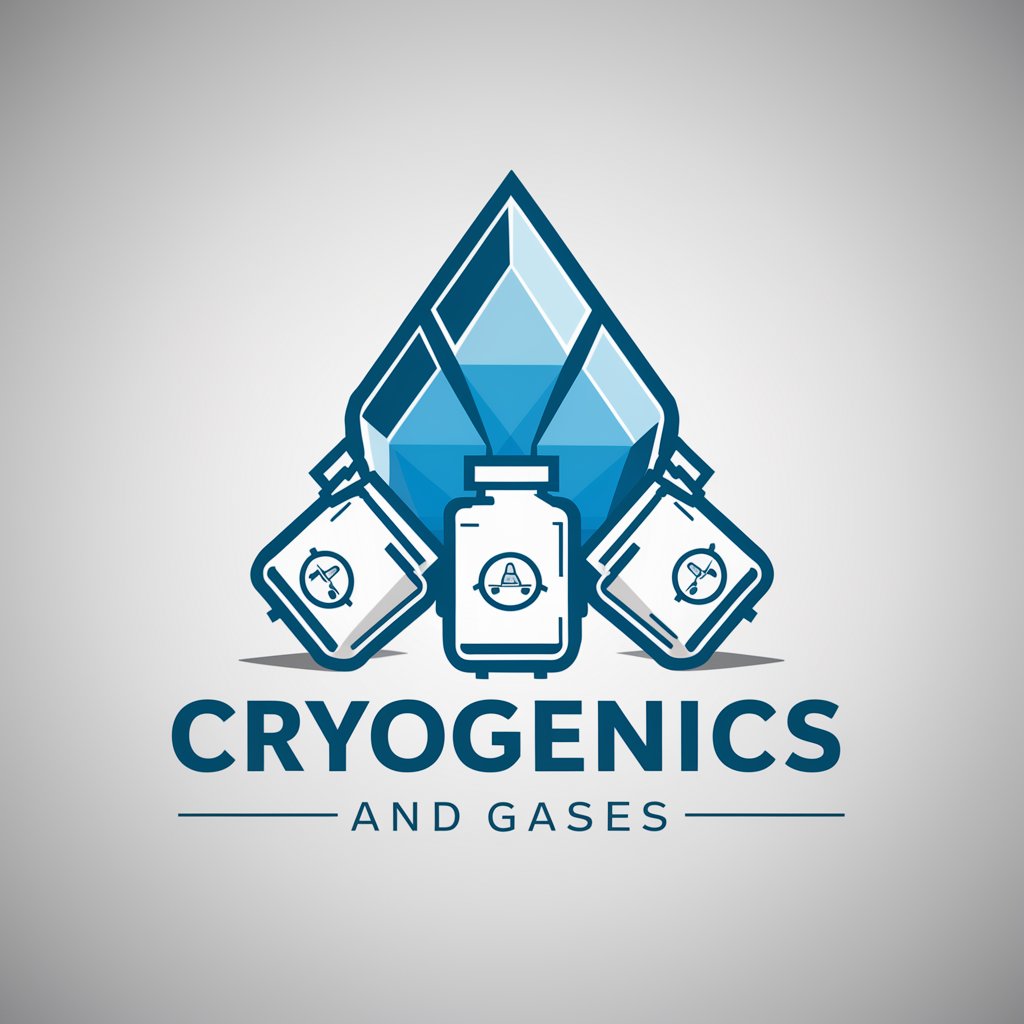
Welcome to Cryogenics and Gases!
Unlocking the cold power of cryogenics with AI
Explain the properties of cryogenic gases.
Describe safety measures for handling liquid nitrogen.
How do pressure vessels work in cryogenic systems?
What are the common applications of cryogenic gases?
Get Embed Code
Introduction to Cryogenics and Gases
Cryogenics and gases encompass the study and application of low-temperature phenomena and the production, handling, and utilization of a wide range of gases. This field is crucial in various scientific and industrial sectors, including space exploration, medicine (for cryopreservation and cryosurgery), and energy (for LNG processing and hydrogen fuel cells), illustrating the diverse applications of cryogenic technology. For example, in the space industry, cryogenics is essential for storing and handling propellants for rockets. Powered by ChatGPT-4o。

Main Functions of Cryogenics and Gases
Liquefaction and Storage of Gases
Example
LNG processing
Scenario
Converting natural gas into liquefied natural gas (LNG) for transportation and storage, demonstrating how cryogenics facilitates energy storage and supply.
Cryopreservation
Example
Biological specimen preservation
Scenario
Using liquid nitrogen to preserve biological samples, such as cells or tissues, for long-term storage without deteriorating, crucial for medical research and reproductive technology.
Ideal Users of Cryogenics and Gases Services
Industrial Manufacturers
Companies engaged in the production of industrial gases, LNG processing, and energy sectors, benefiting from cryogenic storage and transportation solutions.
Healthcare Providers
Medical institutions utilizing cryogenic techniques for cryopreservation and cryosurgery, enhancing medical treatment options and research capabilities.

Using Criogenia y Gases: A Step-by-Step Guide
Start with a Free Trial
Initiate your journey by accessing a complimentary trial at yeschat.ai, no sign-up or ChatGPT Plus subscription required.
Understand the Basics
Familiarize yourself with cryogenic gases and their applications by reviewing the foundational concepts and safety measures outlined in our resources.
Identify Your Needs
Determine your specific requirements, whether for academic, industrial, or research purposes, to make the most of the tool.
Apply Knowledge
Utilize the tool in your projects or studies, applying the technical guidelines and calculations provided for cryogenic systems and gas handling.
Follow Safety Protocols
Always adhere to the recommended safety protocols and procedures when handling cryogenic substances to ensure safe and efficient usage.
Try other advanced and practical GPTs
ChordsVault
Empowering musicians with AI-driven music tools.

Emily from Anime Club
Engage with your anime companion

Fast Track F1
Revolutionizing Formula 1 Learning with AI

Book Crafter
Empowering Your Words with AI

Newsletter Wizard
Craft captivating newsletters effortlessly.

Healthcare Business Development Suite
Empowering Healthcare Growth with AI

Paul Graham Bot
Insights from Paul Graham, powered by AI

Ayurveda
Empowering Wellness with Ayurvedic Intelligence

Estratega MKT
Empowering Your Digital Marketing Success

TeachMate
Empowering Teachers with AI

Travel Buddy ZE
Your AI-Powered Journey Navigator

GreenTech Advisor
Empowering eco-conscious businesses with AI

Frequently Asked Questions about Criogenia y Gases
What is cryogenics?
Cryogenics is the branch of physics dealing with the production and effects of very low temperatures, typically below -150°C, and the behavior of materials at those temperatures.
How are cryogenic gases stored and handled?
Cryogenic gases are stored in specially designed insulated containers to minimize heat transfer and maintain the gas in liquid form at very low temperatures. Safe handling requires strict adherence to safety protocols.
What are common applications of cryogenic gases?
Cryogenic gases are used in various sectors, including medical (e.g., cryosurgery), industrial (e.g., metal treatment), space exploration (e.g., fuel for rockets), and scientific research (e.g., superconducting magnets).
What safety measures should be considered?
Safety measures include using proper personal protective equipment, ensuring adequate ventilation in the area, and being trained on the properties and hazards of cryogenic materials.
Can cryogenics be used in renewable energy systems?
Yes, cryogenics plays a role in renewable energy systems, such as in the storage of liquid hydrogen as a fuel and in superconducting magnets for wind turbines.

